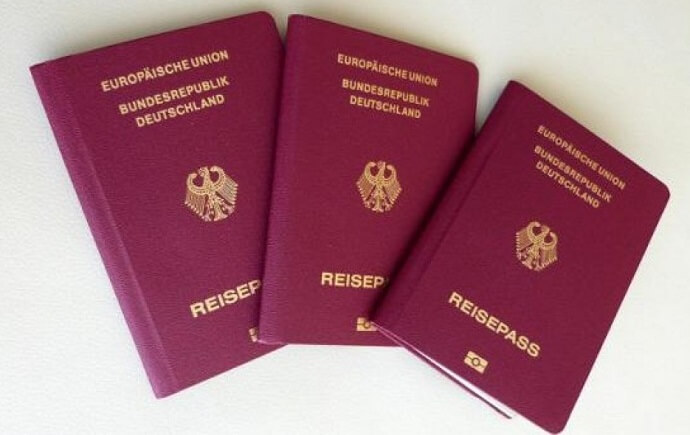Every holiday starts with obtaining the right set of travel documents, passports and Visas. We will discuss about the most usual travel destinations specifics when it comes to visas.
Work visas are required for individuals who wish to take on employment or engage in business activities in the host country. There are several types of work visas that depend on the nature of the work and length of stay. For example, working holiday visas allow individuals to temporarily take on employment while travelling through the country. Travel visas can be separated into two categories: immigrant and nonimmigrant. Immigrant visas allow the bearer to reside permanently in the host country, whereas nonimmigrant visas allow the bearer entry into the host country on a temporary basis.
The UK referendum held on the 23 June 2016 has been a turning point for Great Britain and the European Union. Since Britain has voted to leave the European Union many policies put in place will have to change, including, maybe, the country’s entry requirements. However, so far no changes have been made. As citizens of the European Union and European Economic Area, you will not need a visa to enter the country.
You can apply for a tourist visa to Saudi Arabia, but the oil-rich country will probably deny you entrance (sources say they’re not interested in tourist dollars). Not only that, but the U.S. Department of State warns against attacks on U.S. citizens committed by ISIL and other Islamic extremists. And women can’t go at all unless accompanied by a husband, father, brother, or uncle. If you’ve got to go, pass through this Middle Eastern country on a 72-hour transit visa, or by arranging a tour through a local agency. Tricky country: Turkmenistan. Even with an official Letter of Invitation, a 24-hour guide, and a fully-planned itinerary, it’s not uncommon to be rejected. If you can’t secure a tourist visa, you can aim for a three-day transit visa (granted to travelers biking or driving across the country). Make sure to pencil in time to see Yangykala Canyon and the Door to Hell: a 23-foot-wide crater that has been burning for more than 40 years.
Applying for a Schengen Visa can be a tricky procedure especially when eager to obtain it. Therefore, be cautious and do not allow your laziness, or sluggishness guide you towards mistakes when approaching the application procedure. More often than not, being attentive to petty, tiny components makes all the difference when ready to apply for a Schengen Visa.
With the exception of Turkmenistan, visas do not list the towns to be visited. The tourist-visa application for Turkmenistan requires you to list the name of every town you want to visit, and most of these places, excluding the capital, will be printed on your visa.
With so many visa rules, it’s easy to stay in Europe beyond 90 days as a tourist — you just need to mix up the countries you visit. The United Kingdom has its own rules that allow you to stay 180 days in a calendar year. Most non-Schengen countries such as Ukraine, Moldova, Croatia, Ireland, and some Balkan countries allow you to stay for up to 60 or 90 days. So all you need to do is spend 90 days in the Schengen Area, visit the UK, go to the Balkans, hang out in Ukraine, drink wine in Moldova, and have a pint in Ireland. If you align your schedule right, you can easily be out of the Schengen Area for 90 days and then head back into the Schengen Area.
So make sure your Schengen visa is ok. Do you need second passports and have a question like: How long does my passport need to be valid for Europe? Passports for British citizens are valid for travel to any EU country up to and including the passport expiry date. Some countries outside of the EU require a British passport to have a certain period of validity left on it, such as 6 months, or blank pages. Please visit the Gov.uk website for advice by country.
